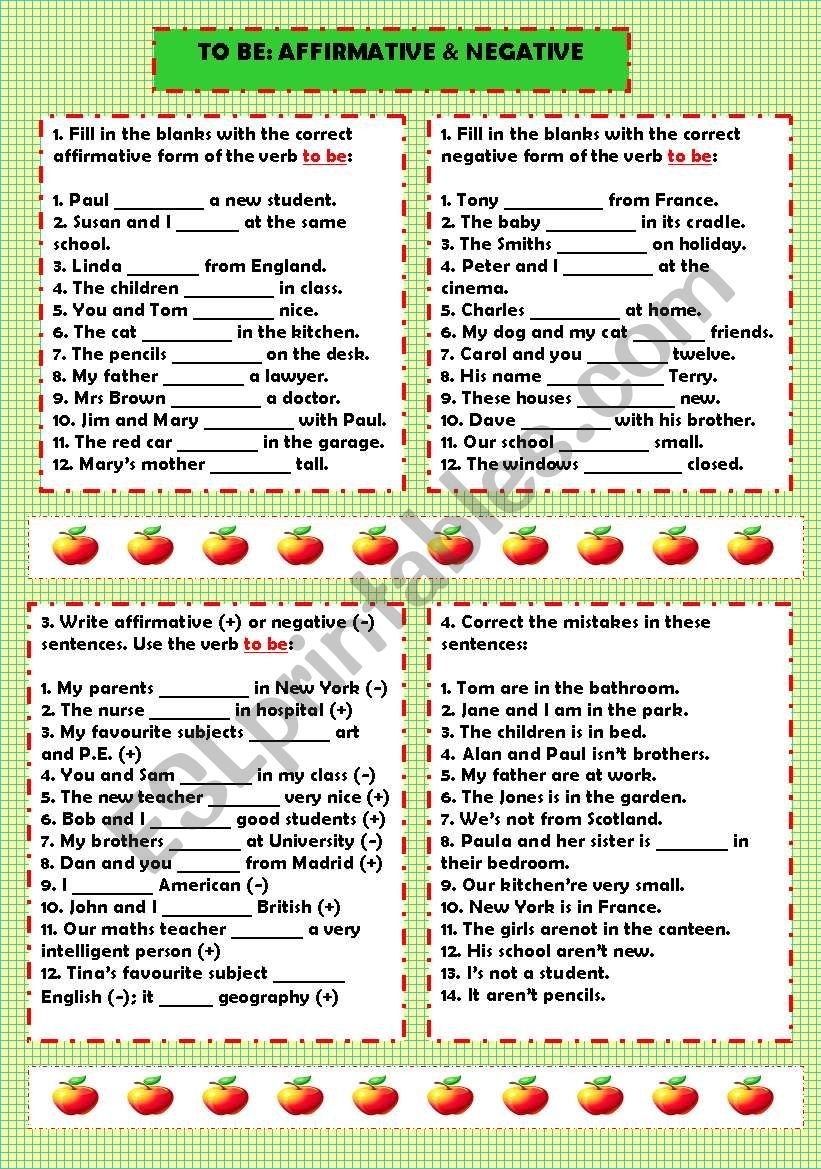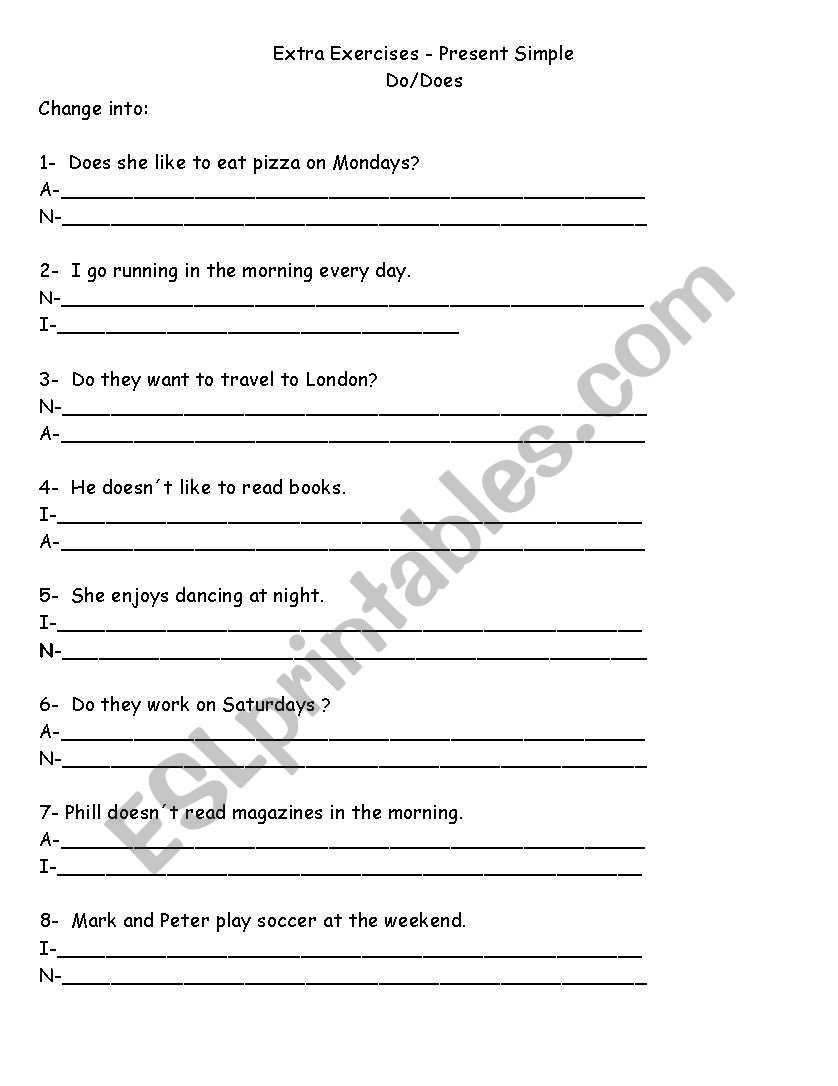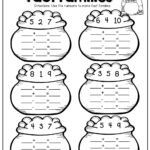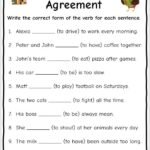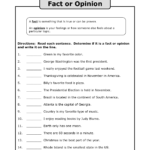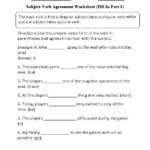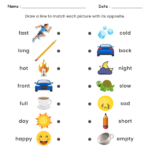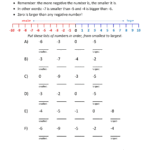Affirmative and Negative Sentences Worksheets
In English grammar, sentences can be classified into two main types: affirmative and negative. Affirmative sentences express a positive statement or fact, while negative sentences express the opposite or a denial. Understanding the difference between these two types of sentences is crucial for effective communication in English. To help learners grasp this concept, worksheets are designed to provide practice and reinforcement.
What are Affirmative Sentences?
Affirmative sentences, also known as positive sentences, are used to express a statement that is true or valid. They typically follow the subject + verb + complements word order. For example:
- “She plays the guitar.”
- “They are going to the park.”
- “He loves ice cream.”
These sentences convey information without any negation or contradiction. Affirmative sentences are the most common type of sentences used in everyday communication.
What are Negative Sentences?
Negative sentences, as the name suggests, express a negation or denial of a statement. They are formed by adding the word “not” after the auxiliary verb or the main verb. For example:
- “She does not play the guitar.”
- “They are not going to the park.”
- “He does not love ice cream.”
By including “not” in the sentence, the meaning is reversed or contradicted. Negative sentences are often used to express disagreement, refusal, or to provide a contrasting viewpoint.
Using Worksheets for Practice
Worksheets are a valuable tool for practicing affirmative and negative sentences. They offer learners the opportunity to apply their understanding of sentence structure and word order. These worksheets typically include exercises where students need to convert affirmative sentences into negative ones or vice versa. This helps reinforce the rules and patterns of constructing both types of sentences.
Furthermore, worksheets often provide contextual examples or scenarios to help students understand the practical applications of affirmative and negative sentences. By working through these exercises, learners can improve their grammar skills and enhance their overall English language proficiency.
It is important to note that worksheets should be used in conjunction with other teaching methods and resources. Teachers and educators can incorporate various activities, such as role-playing, group discussions, or interactive games, to make the learning process more engaging and enjoyable.
By consistently practicing with worksheets and engaging in interactive activities, learners can become more confident in constructing both affirmative and negative sentences. This proficiency in English grammar will greatly contribute to their ability to communicate effectively in both spoken and written forms.
Simple Pasat Affirmative And Negative Sentences Worksheet
To Be Affirmative Negative
Affirmative And Negative Sentence In The Present
Affirmative And Negatives Sentences Worksheet
Affirmative And Negative Sentences Worksheet
Affirmative Negative And Interrogative Sentences Worksheet
Affirmative And Negative Sentences
Used To Affirmative And Negative Sentences Worksheet
Affirmative And Negative Sentences Worksheets
ENGLISH WORKSHEET

